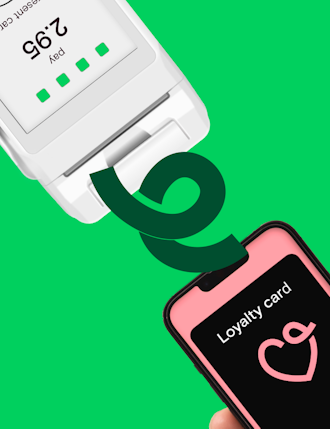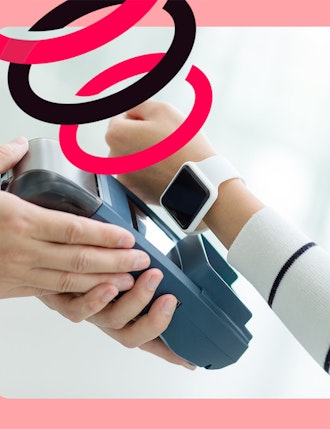How to meet changing customer expectations at the POS
Aevi’s CEO, Mike Camerling, sat down with Fintech Finance at Money20/20 in Las Vegas.
They discussed the changes in customer expectations at the POS and the diversity of digital options for merchants and consumers.
Watch the video on YouTube to learn more about:
- the biggest changes in the online customer behaviour
- the importance of the diversity of payment distribution channels
- the much needed push towards payment digitalisation
- why partnerships are important to accelerate innovation
Video transcription
“I think the biggest change must be that the whole customer expectation has changed, and it’s mainly driven by Covid. Before Covid, we were still okay with channels being separate, and we were still okay doing things the old way. You would go to the store, roam around, get your stuff, queue up, and part with your money, and that was it. Only a few people used the more technical solutions. When Covid kicked in, there was no choice anymore. You had to adopt technology; you had to go for a more digital lifestyle. That’s how we run our lives now. So now we expect those premium services that are often driven by our technology. You have an app on your phone, whether you’re banking or starting a checkout, that should be available everywhere. The expectation level of customers has risen significantly.
Diversity is an important thing because it’s all about convenience, flexibility, and choice. Diversity plays very much into that. If you look at the number of options a merchant, for example, in the digital world in e-commerce, has to interact with their customers, either directly or via partners, in the most fantastic ways. It’s often a let-down when you go to in-person payments or in-store or card-present payments. That’s not where we have that. If you go back to that world, we only had the option of cash or card, whereas in the digital world, you could choose. You could choose direct debit, counter account payment, Ideal in the Netherlands is a perfect example. I pay with my wallet, or I do buy now, pay later. That choice, that flexibility, drives conversion. Now, with the Aevi platform, we can bring that diversity, that choice, to in-person payments, to make better business.
I think that’s all about customer intimacy. You remember the days where, or maybe it also depends on how old you are, where the local shop owner knew exactly who you were when you would come into the store, what you would order, and he or she might have given you something extra for the kids. The world has changed. The world is much bigger nowadays. That local owner doesn’t know half as much as most of the e-commerce websites where I have an account. So what we need to do is widen those channels, using that diversity and with the use, for example, of platforms such as Aevi, give that data back to the merchants to re-establish that intimacy. Because knowledge and the use of data can improve that whole personal character again.
So the push has been there. It has been an evolutionary process for the last 20 years. We saw more and more digitalization coming in, e-commerce drive. But I think, and it’s quite sad to say that Covid was that external shock to the whole ecosystem, which turned it into this ultimate acceleration where we now see the services we had to adapt, the push we had to give, are now demanded by customers. Customers are not prepared anymore to step down from what they had the last few years.
I think the pace of digitization and the way we now look at the customer, especially accelerating in the last two to three years, is unfortunately highlighting the areas where there’s a lack of digitization so much. What you get now is that you cannot explain as a merchant or as a service provider to a merchant why a customer can pay in a certain environment with their preferred payment means, but they can’t go in-store. Nowadays, we not only have the answer to that question, but we can execute on it and implement the platform that brings that exact flexibility to in-person payments.
Foreign partnerships are important. When you look at the whole ecosystem, let’s go to the digital world again, in e-commerce.”
For media enquiries contact:
Interested in reading more around this subject? Here are some useful articles…















